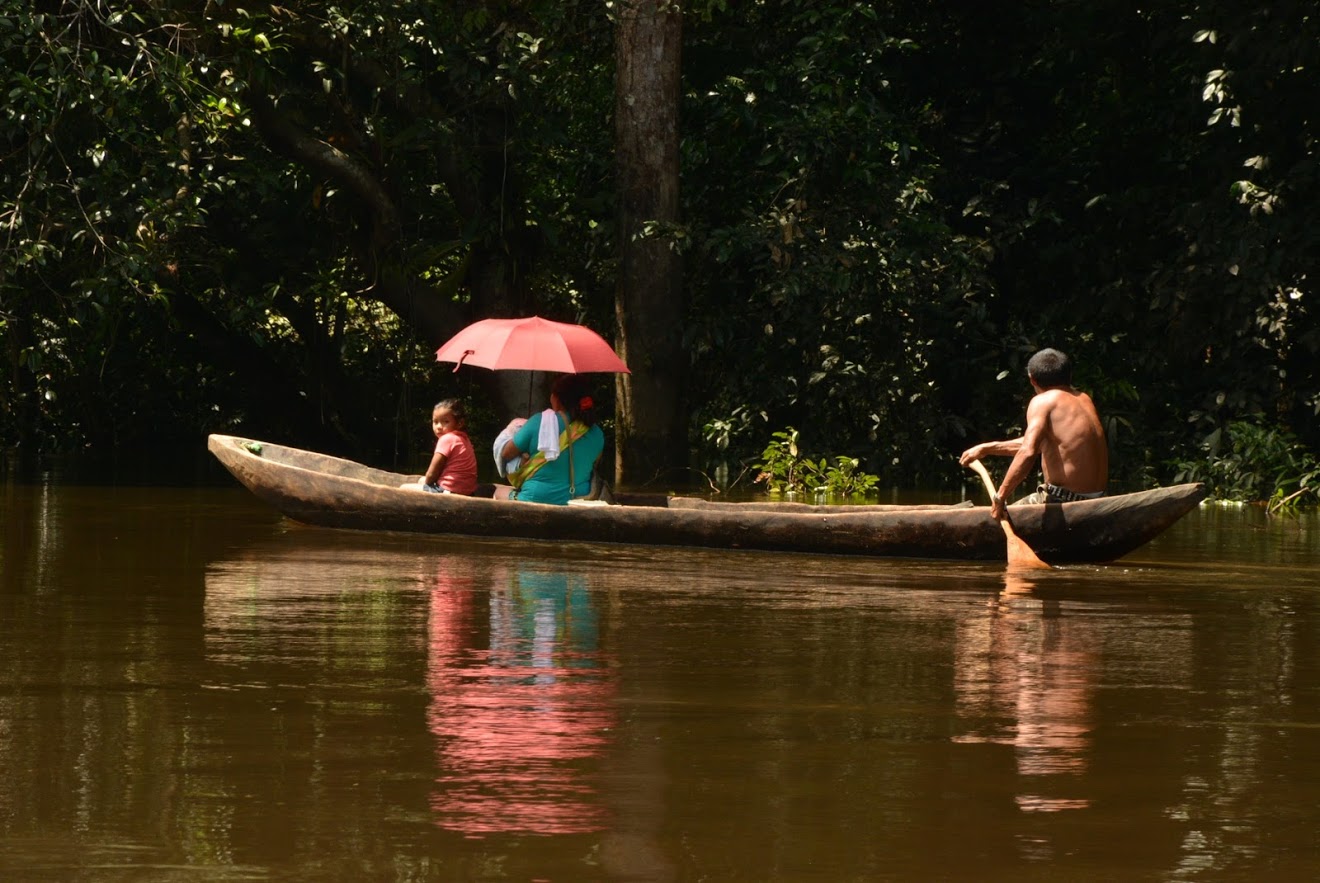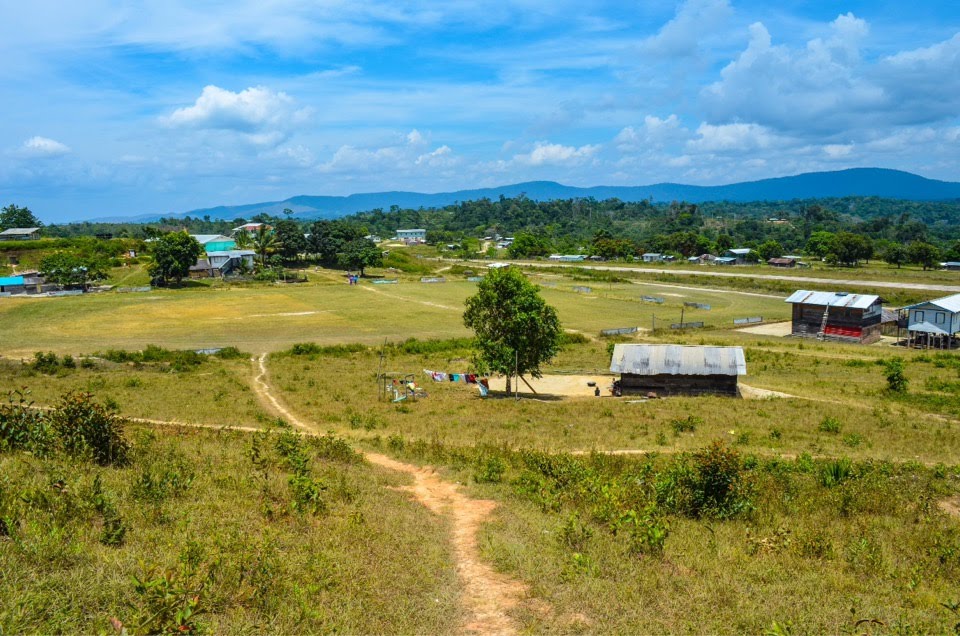Guyana, situated on the central North Coast of South America, is a country with unique importance for indigenous rights, forest protection and climate change mitigation. It has one of the highest percentages of forest cover of any tropical country (around 80%), much of which is populated by Indigenous Peoples.

Despite its relatively small size, Guyana is host to unspoiled ecosystems that are home to thousands of species found nowhere else on the planet. How many more still remain undiscovered, we have no way of knowing.
The country’s name is derived from the Amerindian for ‘Land of Many Waters’. But Guyana also has one of the highest percentages of forest cover of any tropical territory on earth – roughly 80%.
It is exceptionally rich ecologically, with pristine territories that are barely accessible to humans. Though sparsely populated in general, much of the land is inhabited by Indigenous Peoples, making it a location of unique importance when it comes to indigenous rights, forest protection and climate change mitigation.
This was reflected by the creation in 2004 of a 4,000 square kilometre reservation in the Konashen Indigenous District, the world’s largest community-owned conservation area.
A former British colony, Guyana is the only English-speaking country in south America. As well as Creole and Hindi, there are of course the indigenous Amerindian languages, represented by nearly 10% of the population. Linguistic diversity reflects the changes in rulers since Guyana was first colonised in the 15thcentury. The Netherlands took charge of the country from Spain before the British assumed control in the early 1800s. Slavery was outlawed shortly afterwards, though several decades were to elapse before the practice disappeared completely.
Once freed, Guyanese of African descent left the plantations to set up their own freeholdings. The British then began importing workers from other parts of the empire – mainly India. The consequence of increased migration was a marked uptick in land disputes, and greater pressure on Indigenous Peoples.

Today, 200 years on, despite being increasingly recognised as important guardians of the forests, most indigenous communities in Guyana are still seeking recognition of their customary land rights. In other parts of the country, where progress has nominally been made, titling has proven incomplete, and has often been carried out without sufficient local consultation. This has fuelled disputes when neighbouring communities make overlapping claims.
More positively, Guyana has become an attractive country for the United Nations’ REDD+ schemes, thanks to its reputation as a leading advocate for forest protection and climate change mitigation, and the affording of special recognition to the rights of Indigenous Peoples.
Guyana’s roughly 70,000-strong indigenous population is an important focus of the work of the Tenure Facility, as we accompany them in securing the rights to lands with which they have both cultural and intensely practical links.
For a Land Governance Assessment Framework (LGAF) go here.
For a timeline of land and forest rights in Guyana, click here.
To learn more about the work of the Tenure Facility’s partners in Guyana, see below.
Recent projects